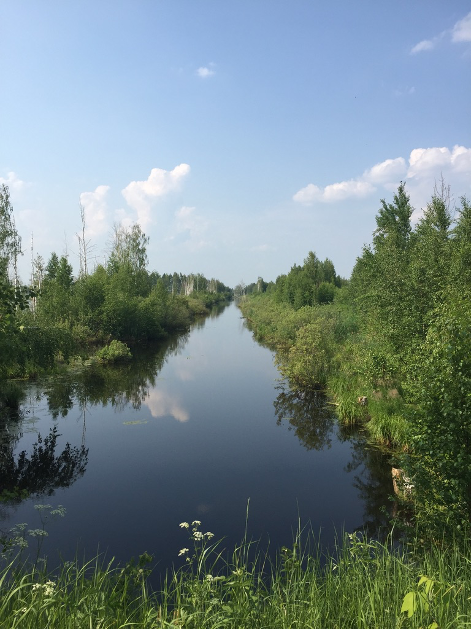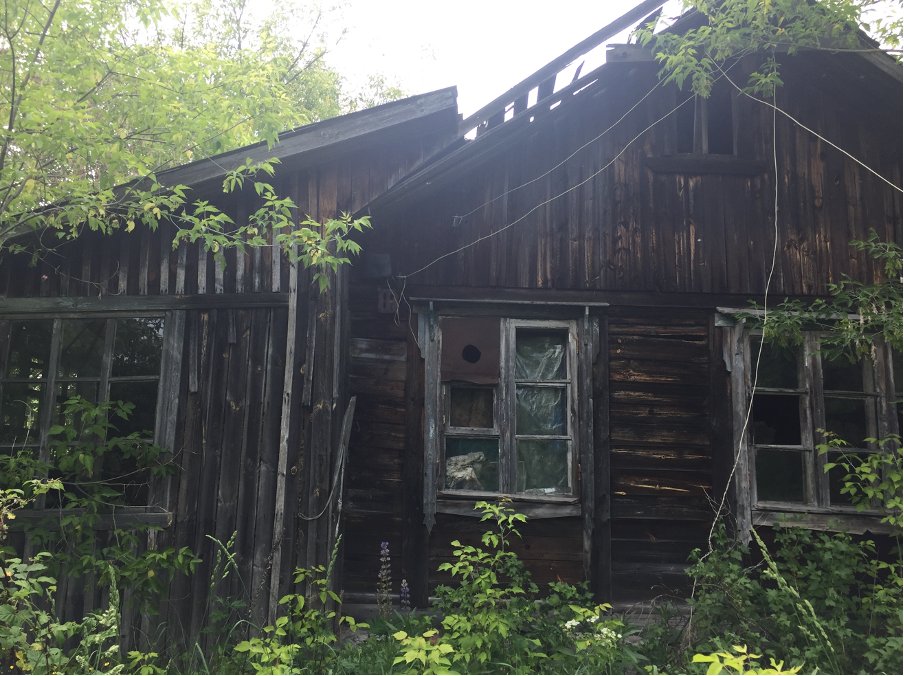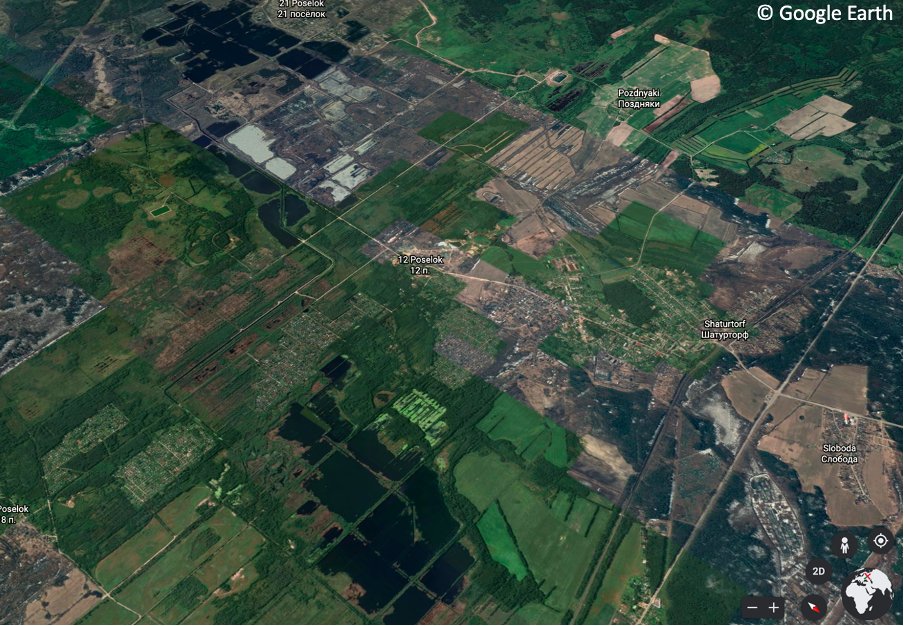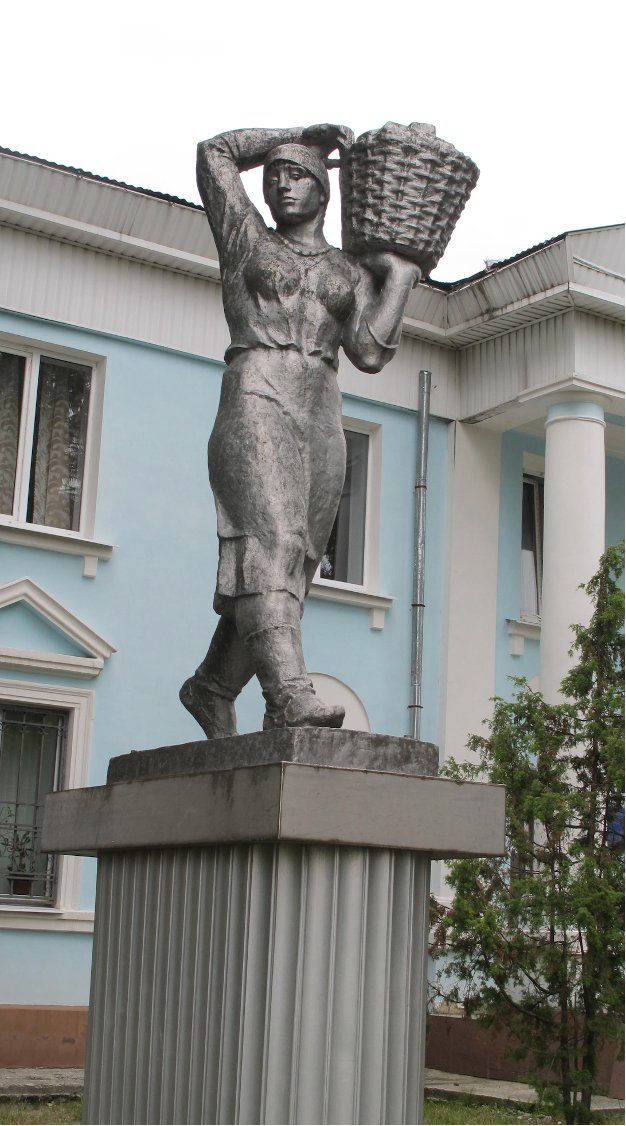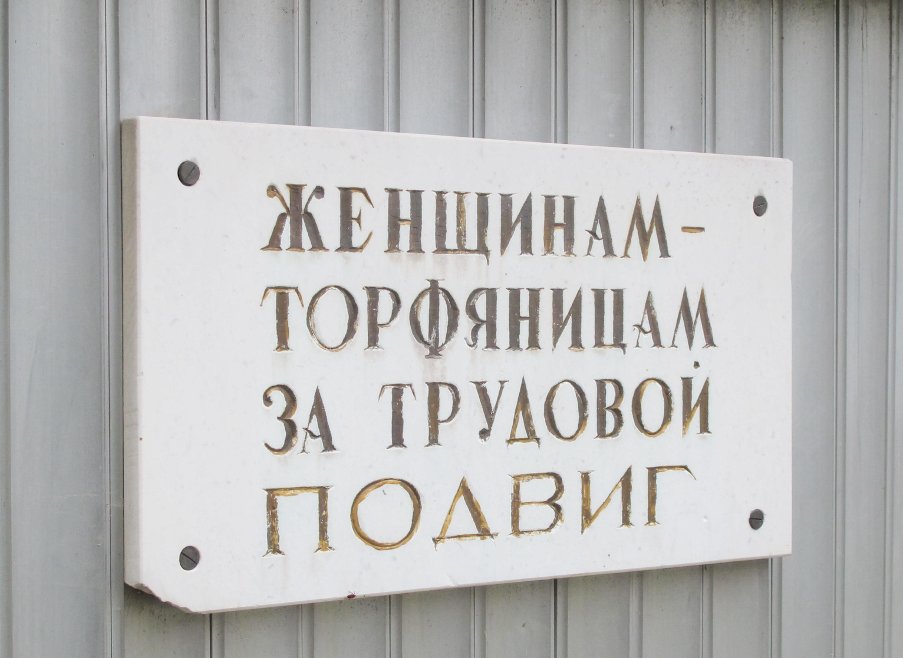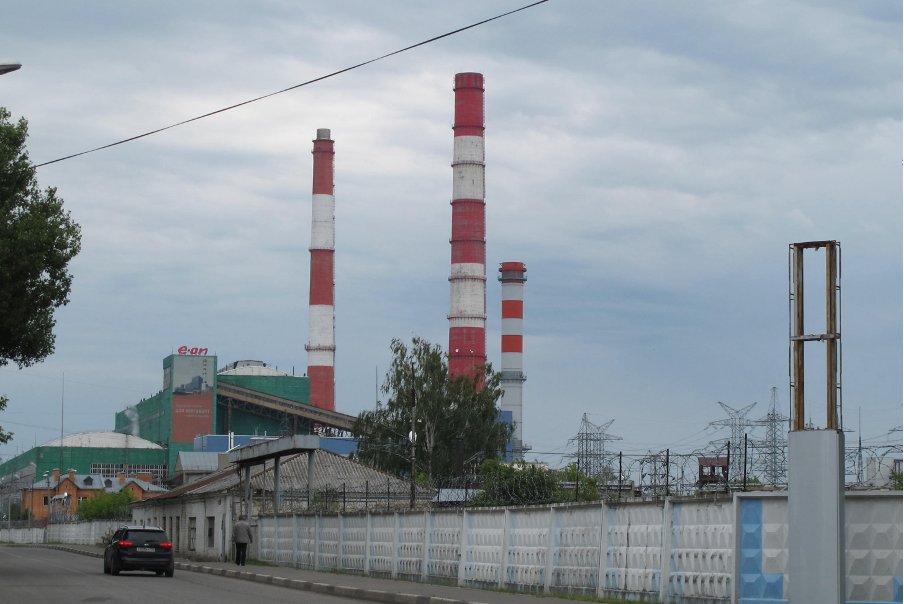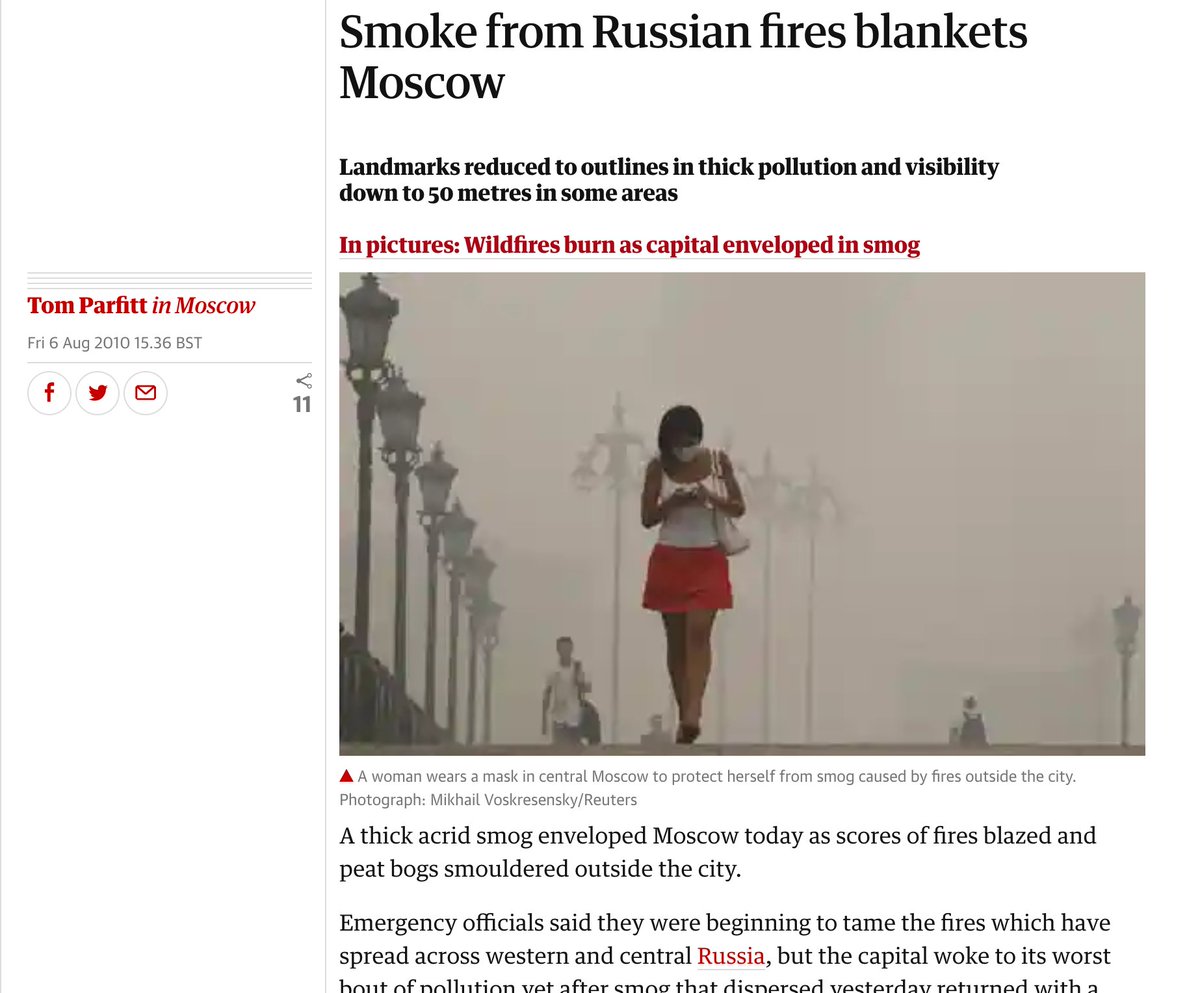1/6 On #WorldWetlandsDay I remember my trips to the region of Shatura some 120km east of Moscow a couple of years ago. Decades of peat-mining have left deep marks on the landscape which now features drainage canals, vacated workers’ settlements and abandoned excavation sites.
2/6 Manual labour, often by women, was an important feature of early Soviet peat mining. This statue in front of Shatura’s Museum of Local Lore memorizes the labour of female peat workers (torfyanitsy).
3/6 The peat went to the Shatura power plant that was built as part of Lenin’s #GOELRO. When the plant switched to natural gas in the late Soviet period, the peat from the area was mainly used for horticultural products. The power plant still provides electricity to the region.
4/6 Most peat extraction works in the Shatura region ceased in the 1980s. This animation shows how water returned to a former excavation site close to the small settlement of Shaturtorf.
5/6 In other places, this does not happen without active rewetting. In the context of a warming climate, abandoned peat extraction sites are extremely vulnerable to wildfires. In the hot summer of 2010, smoke from peat fires in the Shatura region made it to Moscow.
6/6 You can find remnants of industrialized peat-extraction and the social life that emerged around it in many parts of the country. They are a testimony of the intertwined histories of labour, wetlands, energy and place-making in modern Russia.
I am writing these histories.
I am writing these histories.

 Read on Twitter
Read on Twitter